-
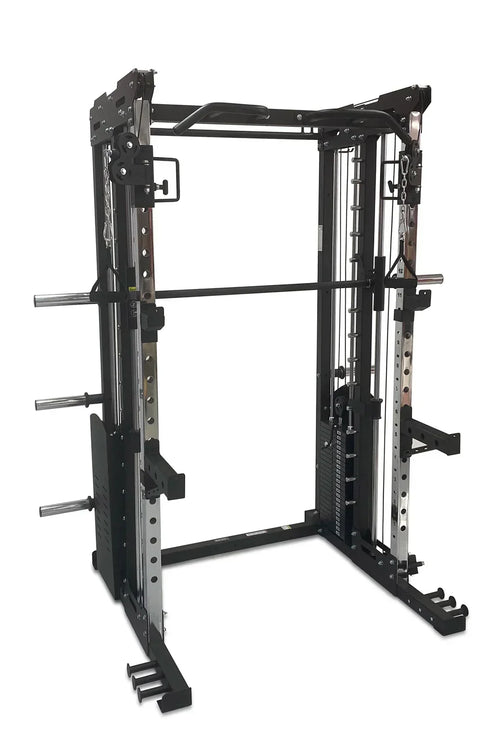
Why Pulley Quality Matters When Choosing Gym Equipment
Why Pulley Quality Matters When Choosing Gym Equipment
When you’re buying cable machine...
-
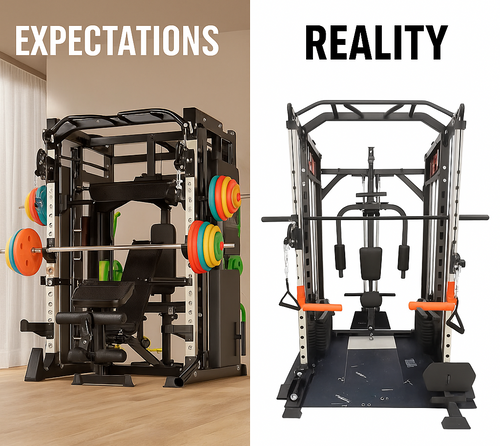
Why Real Photos Matter When Buying Gym Equipment Online in Australia
Why Real Photos Matter When Buying Gym Equipment Online
When it comes to buying gym equ...
-

Cable Machine Buying Guide – How to Choose the Right Pulley System
Cable Machine Buying Guide – How to Choose the Right Pulley System
Whether you're build...
-

Lat Pull Down Machine Buying Guide
Lat Pull Down Machine Buying Guide – What to Know Before You Buy
If you're serious abou...
-
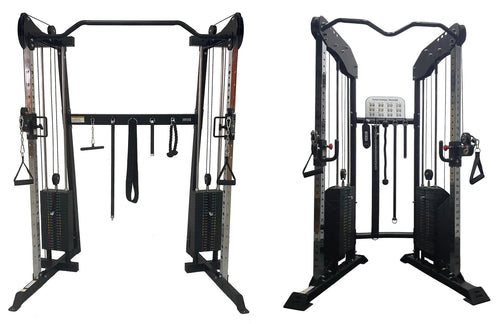
Buyer's Bible: Functional Trainers
Functional Trainer Buying Guide – What You Need to Know
If you're thinking about upgrad...
-

Staying on Track with Your Fitness Goals
The New Year arrived with all its promise and excitement, and for many of us, that mean...
-
Different Ways to Perform Pull-Ups
Pull-ups are a gold standard for upper body strength, targeting your back, shoulders, a...
-
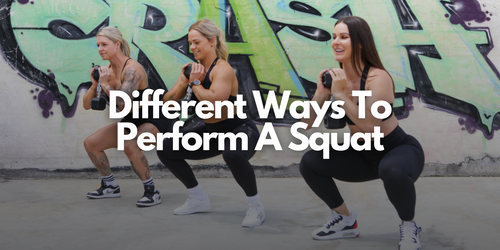
Different Ways To Perform A Squat
Squats are essential exercises for building lower body strength, improving balance, and...
-

Health & Fitness Benefits of Practicing Yoga
Yoga is not just an exercise – it’s a practice that connects mind, body, and spirit, of...
-
Chocolate Protein Pancakes: A Deliciously Nutritious Breakfast
Looking for a breakfast that satisfies your sweet tooth while fuelling your body? Thes...
-
Protein-Packed Chocolate Energy Balls: A Quick and Delicious Snack
Looking for a healthy, energy-boosting snack that you can grab on the go? These protei...
-

Chocolate Protein Shake: Your Perfect Pre or Post-Workout Beverage
Looking for a delicious and energising drink to fuel your workout? This Chocolate Prot...
-
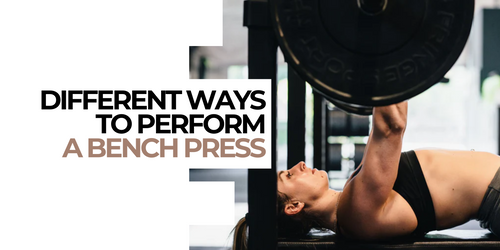
Different Ways to Perform a Bench Press
The bench press is a classic exercise used to target the chest, shoulders, and triceps...
-
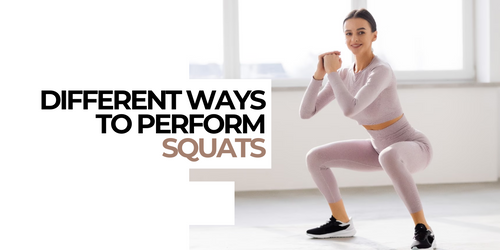
Different Ways to Perform a Squat: Boost Your Lower Body Strength
Squats are a powerhouse exercise for building lower body strength and enhancing your co...
-

Christmas Gifts for HER: Gym Essentials She’ll Adore
GIFTS FOR UNDER $50
1. Everlast Evergel Hand Wrap, 2. Harbinger Hip Thrust Bar Pad, 3....
-

Different Ways to Perform Deadlifts for Effective Lower Body Strength
Deadlifts activate key lower body muscles like the glutes, hamstrings, quads, and core....
-

Fit for the Holidays: Top Christmas Gift Ideas for Him
GIFTS UNDER $501. Slazenger Skipping Rope, 2. Nirvana Barbell Pad, 3. Body Iron Olympi...
-
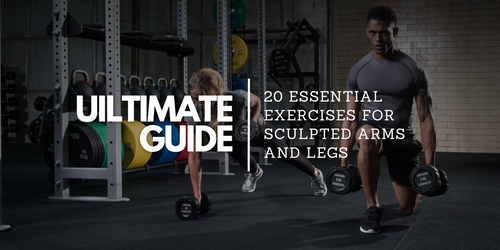
Ultimate Guide: 20 Essential Exercises for Sculpted Arms and Legs
Building strength and definition in your arms and legs is foundational for a balanced, ...
-

Low Calorie Chocolate Chip Cookies: A Healthy Twist on a Classic Treat
Who says you can’t enjoy a delicious, chocolatey treat without the guilt? With these Lo...
-

High Protein Double Choc Overnight Weetbix: A Sweet Start to Your Morning
Enjoy Your Double Choc Treat!
Wake up to a delicious, protein-packed chocolate breakfas...
-

Super Strawberry Shredder: A Vegan Protein Smoothie for Muscle Building & Weight Loss
If you’re looking for a plant-based smoothie that packs a punch, the Super Strawberry ...
-

Banana Blitz: A Weight Loss Protein Smoothie Recipe
When it comes to weight loss, protein is a powerful tool because it helps you feel ful...
-
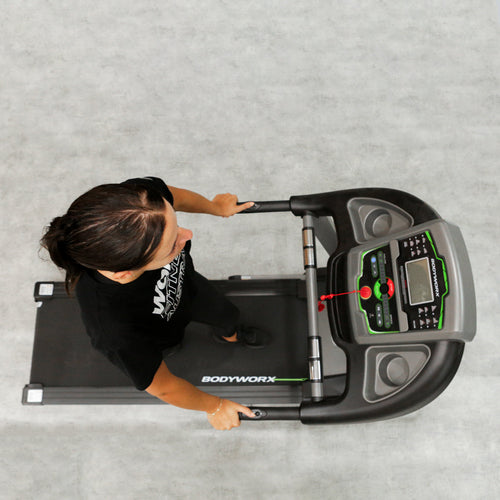
Buyer's Bible: Treadmills
The ultimate treadmill product guide!
Treadmills are a staple in any gym space, and f...
-
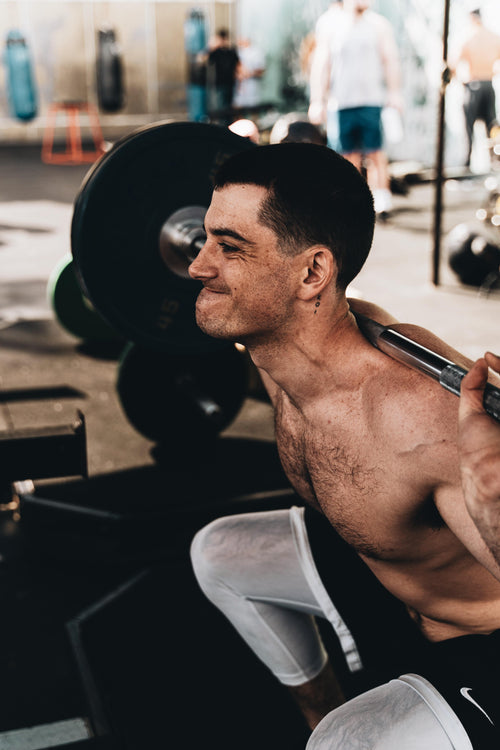
How to Shred Fat for Summer - The Easy 5
With summer just around the corner, many of us are looking to get in shape for beach da...
-

What is Bulking? How to Bulk Correctly
Many athletes and fitness enthusiasts focus on bulking — a phase aimed at gaining muscl...
-

The Hulk: Your Go-To Muscle Gain Protein Smoothie
For those focused on muscle gain, getting the right amount of protein is key. Without ...
-

Space-Saving Solutions for Your Home Gym: Maximise Your Workout Area
Creating a home gym can be a game changer for your fitness journey, but space is often ...
-
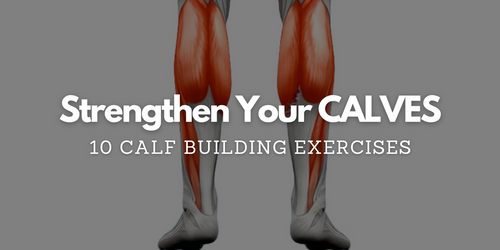
10 Calf Exercises for Strong, Defined Calves
Building strong and defined calf muscles is crucial for overall leg development, balanc...
-

How Much Does a Trap Bar Weigh?
Trap bars, also known as hex bars, have gained significant popularity in the fitness wo...
-
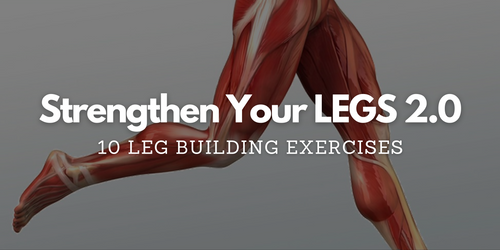
10 Different Exercises to Strengthen Your Leg Muscles
Strong legs are the foundation for many movements, whether you're a seasoned athlete or...
-
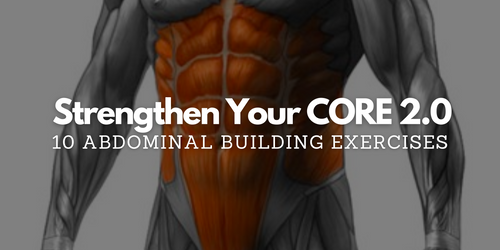
The Ultimate Guide to 10 Core Exercises: How to Perform Them and the Muscles They Target
A strong core is the foundation of a fit and healthy body. It plays a crucial role in a...
-
10 Chest Exercises for Building Strength and Muscle
Building a strong and well-defined chest is a common goal in fitness. Whether you're ai...
-
Strength Training for Beginners: Essential Equipment and Tips
Strength training is a crucial component of a well-rounded fitness routine, offering nu...
-

Health Benefits of Free Weights vs. Machines: Which Should You Use?
When it comes to building strength, enhancing fitness, and achieving various health goa...
-

Strength Training Without Weights: Bodyweight and Resistance Training Equipment
Strength training is an essential component of a well-rounded fitness regimen, known fo...
-

The Role of Gym Equipment in Physical Therapy and Rehabilitation
Physical therapy and rehabilitation play crucial roles in aiding recovery from injuries...
-
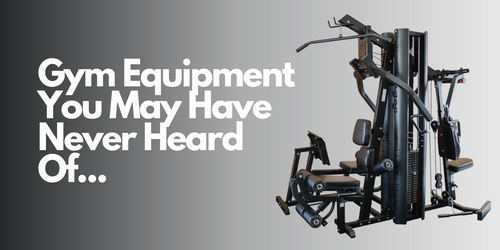
Gym Equipment You May Have Never Heard Of
When it comes to gym equipment, many people are familiar with the basics like treadmill...
-
Strength Training 101: Understanding Reps, Sets, and Rest Periods
Strength training is a fundamental component of any fitness regimen, offering benefits ...
-
3 Dumbbell Only Leg Workout Exercises
Looking to strengthen and tone your legs with minimal equipment? Dumbbells are a versat...
-
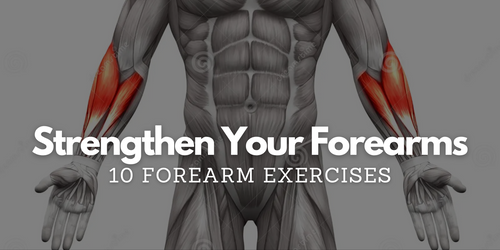
10 Effective Exercises to Build Strong Forearms
When it comes to building a well-rounded physique, many of us tend to focus on the more...
-
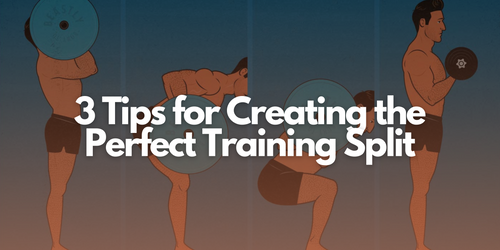
3 Tips for Creating the Perfect Training Split
Creating an effective training split is crucial for maximising your gains in the gym. W...
-

Unveiling the Surprising Effects of Alcohol on Your Muscle Gains
In the pursuit of fitness goals, many of us focus on the importance of diet, exercise, ...
-

Heavy Lifting for Muscle Gains vs. Light Lifting for Fat Loss: Debunking the Myths
In the realm of fitness, there's a persistent debate: Should you lift heavy to build mu...
-

Sculpt Your Upper Body: Dumbbell Workout for Back, Biceps, and Shoulders
Today, we're diving into a killer dumbbell workout that's going to leave your upper bod...
-

The Best Strategy to Get Bigger and Leaner Over Time
Achieving a muscular, lean physique is a common goal for many fitness enthusiasts. Howe...
-
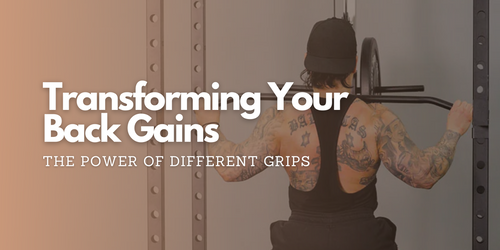
Transforming Your Back Gains: The Power of Different Grips
Let’s dive deep into the world of back workouts and explore how something as simple as ...
-
10 Reasons Why You Struggle to Stick to Your Diet and How to Overcome Them
Embarking on a diet journey can be both exciting and challenging. While the initial mot...
-
The Science Behind Strength Training: How Muscles Grow and Adapt
Let’s delve into the fascinating world of strength training and explore the intricate m...
-
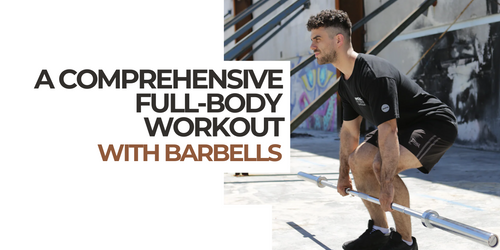
Crafting a Comprehensive Full-Body Workout with Barbells
In the realm of fitness, simplicity often yields the most profound results. Barbells, w...









































Leave a comment